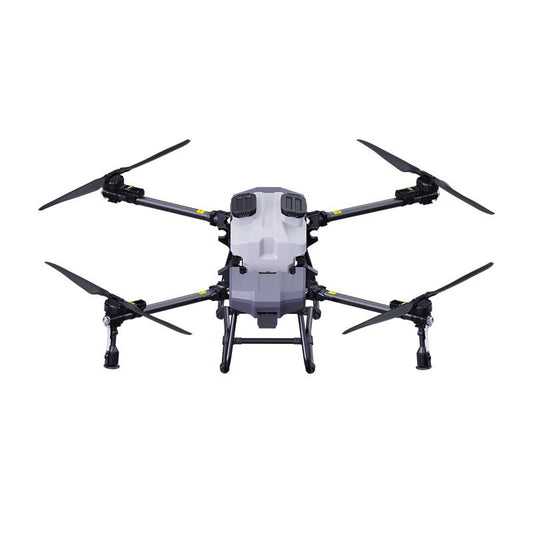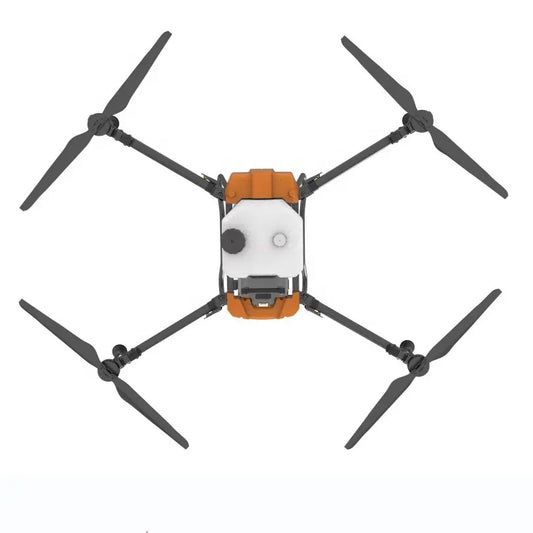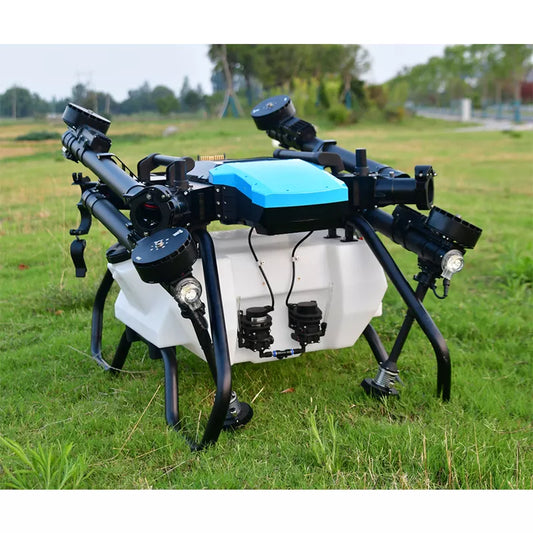-
JIS HV50 - 50KG Payload 50L Sprayer 80L Spreader Dual Use Agriculture Drone With X13 Motor
Regular price From $985.00 USDRegular priceUnit price per -
RCDrone M50 50L Sprayer Agriculture Drone
Regular price From $149.00 USDRegular priceUnit price per -
TopXGun FP600 Agriculture Drone - 50L Spraying Tank | 76L Spreading Tank Max 60kg Payload
Regular price $10,999.00 USDRegular priceUnit price per -
AGR B100 Agriculture Drone - 50L Spraying 70L Spreading Tank Takeoff 105KG Agri Drone With H12 Pro, 30000mAh Battery
Regular price $12,999.00 USDRegular priceUnit price per -
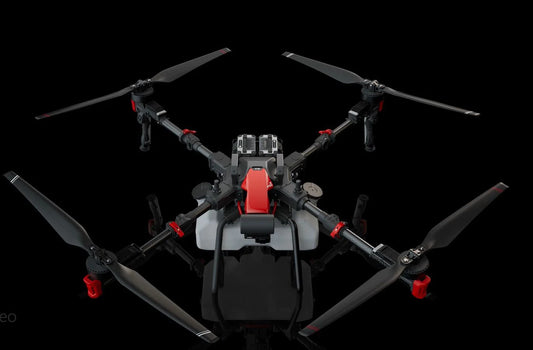 Sold out
Sold outXAG P100 PRO 50L Agriculture Drone
Regular price From $1,344.00 USDRegular priceUnit price per -
EFT Z50 50L Agriculture Drone - 50L 50KG Tank Match Spray System Motors Remote Control Agricultural Plant Protection Drone Heavy Payload
Regular price From $9,807.00 USDRegular priceUnit price per -
YJTech 50L Agriculture Sprayer Drone - big capacity water tank sprayer drone agricultural
Regular price $8,599.00 USDRegular priceUnit price per -
JA J50 50L Agriculture Spray Drone - 4 Axis 50KG JIIYI Flight Control With Hobbywing X11 Power System Complete Set of Drone
Regular price From $1,999.00 USDRegular priceUnit price per -
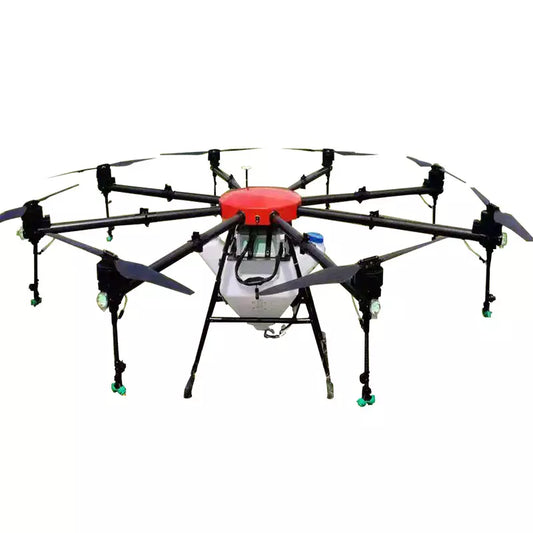
8 Axis Agriculture Drone 50L 1Km 30Kg Spray Width 3-8M 25Min Flight Time GPS Agriculture UAV
Regular price $9,900.00 USDRegular priceUnit price per





